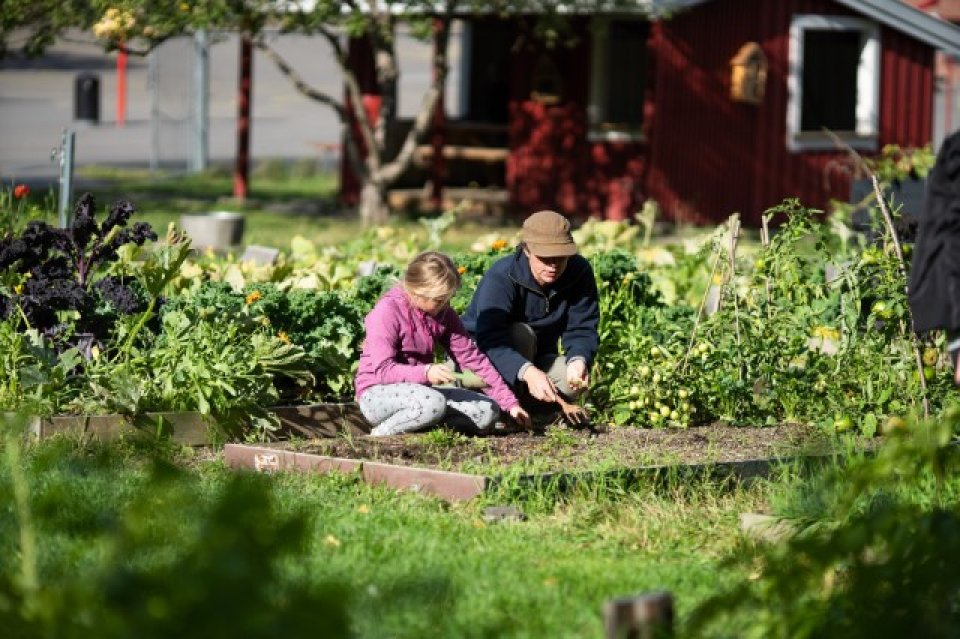
The garden is located on a historic farm in an area in the east of the city where household incomes are lower than average. It covers approximately the size of a football field (8,000m2) which is owned by a private foundation and run by a museum (Museene i Akershus – MiA). Key institutions such as schools, a kindergarten and a shopping centre with a regional office and a meeting place for local NGOs are its closest neighbours. Public transport and a motorway are close to the site.
Developing the communal area as a social meeting place for the local neighborhood, strengthening the community feeling and building a sense of ownership of the area. By providing growing space to different local entrepreneurs, the garden supports the local green economy and helps building a network of initiatives with different social impact.
- Arranging community events and activities
- Hosting different initiatives that each receive a physical growing space between 10 -250 m2
- Providing mentorship and training to local social and environmental entrepreneurs
- Inviting local school children to learn about urban farming at the site
- Developing climate change adaptation; improving risk management and resilience
- Developing climate change mitigation
- Restoring ecosystems and their functions
- Greater ecological connectivity across urban regenerated sites
- Increase Biodiversity
- Increased cultural richness and biodiversity
- Enhancing sustainable urbanisation
- Changing image of the urban environment
- Creation of green jobs relating to construction & maintenance of NBS
- Improve air quality
- Increase accessibility to green open spaces
- Increase amount of green open spaces for residents
- Increase awareness of NBS solution & their effectiveness and co benefits
- Increase communities’ sense of ownership
- Increase social interaction
- Increase stakeholder awareness & knowledge about NBS
- Increase well-being
- Provision of health benefits
- Social inclusion
- Social learning about location & importance of NBS
- 3. Good Health and Well-being
- 4. Quality Education
- 5. Gender Equality
- 10. Reducing Inequality
- 11. Sustainable Cities and Communities
- 12. Responsible Consumption and Production
- 13. Climate Action
